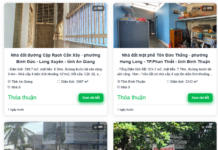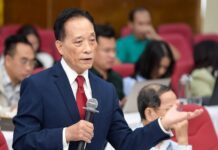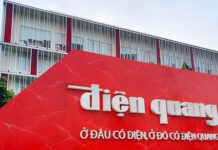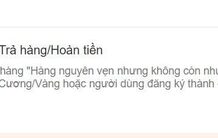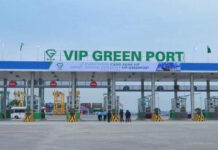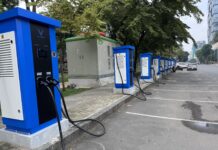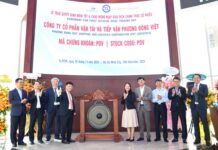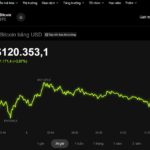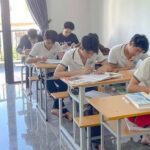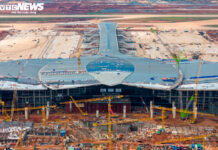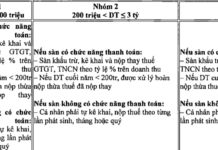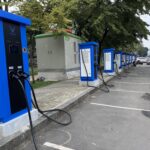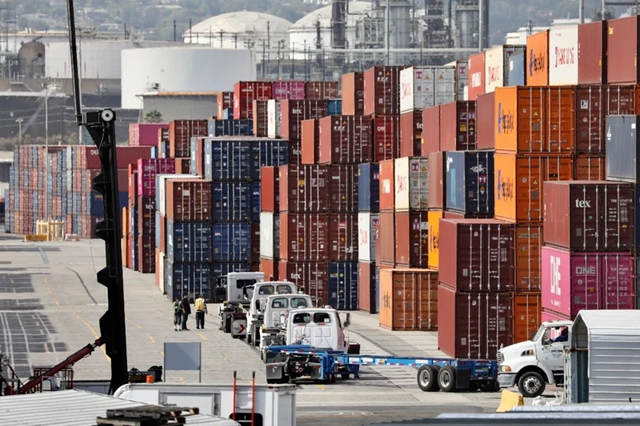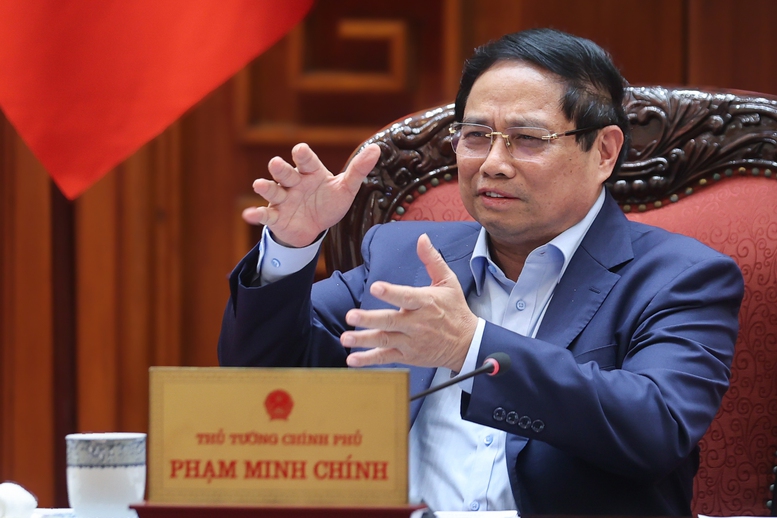
Prime Minister Pham Minh Chinh chaired a series of Standing Government meetings, addressing critical economic and social issues in preparation for the upcoming September 2025 regular government session. Photo: VGP/Nhat Bac
The meetings were attended by Politburo members, Party Central Committee secretaries, Central Committee members, Deputy Prime Ministers, government officials, and leaders of ministries and government agencies.
The Standing Government and delegates provided feedback on reports and proposals regarding socio-economic conditions, public investment allocation and disbursement, and the implementation of national target programs for September, Q3, and the first nine months of 2025.
Reports and discussions highlighted the complex global situation in Q3 and September, marked by significant challenges and risks. Domestically, opportunities and challenges coexisted, with challenges outweighing opportunities, particularly due to increasing external adverse factors.
In September, Vietnam faced four consecutive major storms, notably Storm No. 10, which caused severe damage across northern and central regions with its strong winds, wide impact, and prolonged heavy rainfall.
Amid these circumstances, the Government and Prime Minister Pham Minh Chinh closely directed ministries, sectors, and localities to monitor the situation, proactively respond to emerging issues, and concretize laws, resolutions, and conclusions from the Party Central Committee, Politburo, Secretariat, and National Assembly.
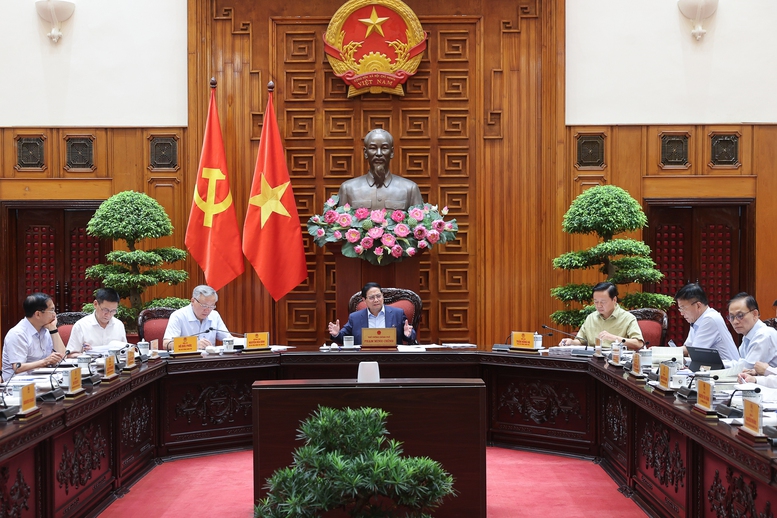
The Standing Government and delegates reviewed reports and proposals on socio-economic conditions, public investment allocation, and national target program implementation for September, Q3, and the first nine months of 2025. Photo: VGP/Nhat Bac
In September, the Government and Prime Minister issued 17 decrees, 48 resolutions, 33 directives, and over 680 administrative documents to improve legal frameworks and address emerging issues. These included 8 directives on disaster response and recovery, and 6 on promoting growth while maintaining macroeconomic stability. In the first nine months, 261 decrees, 369 resolutions, 2,353 decisions, 31 directives, and 175 telegrams were issued for comprehensive policy implementation.
The Government, ministries, sectors, and localities continued implementing the two-tier local government model, organizing significant national events, launching key projects, and advancing three strategic breakthroughs. They prepared materials for the Party Central Committee conference and National Assembly session, enhanced information and communication efforts, and submitted historic policy proposals to the Politburo for key sectors.
Overall, the Government, Prime Minister, ministries, sectors, and localities focused intensely on completing complex tasks within tight deadlines, ensuring effective and timely management to “shift the situation and transform the state.”
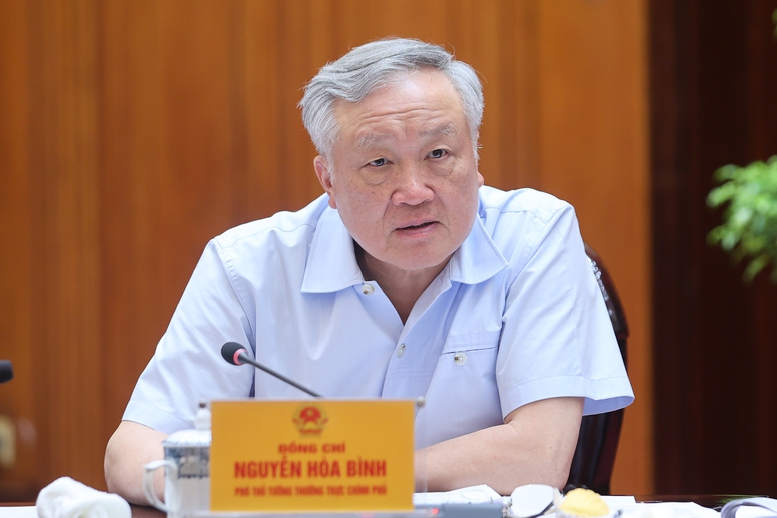
Deputy Prime Minister Nguyen Hoa Binh speaks at the meeting. Photo: VGP/Nhat Bac
Socio-economic achievements were comprehensive, with high projected economic growth, stable macroeconomics, controlled inflation, and balanced major indicators. Production, business, and growth drivers were revitalized, maintaining positive momentum.
The September Purchasing Managers’ Index (PMI) reached 50.4 points, with new orders rebounding. Implementation of three strategic breakthroughs, key Politburo resolutions, and new growth drivers yielded significant results.
Culture, society, social welfare, and environmental protection remained priorities. The health and education sectors focused on Politburo resolutions, government action programs, and national target programs for education, healthcare, and pilot projects for border area boarding schools, tuition waivers, and student meals. National defense, security, and international integration remained strong.
However, the final months of the year present significant challenges, requiring proactive and decisive actions from all levels to address new tasks and issues.
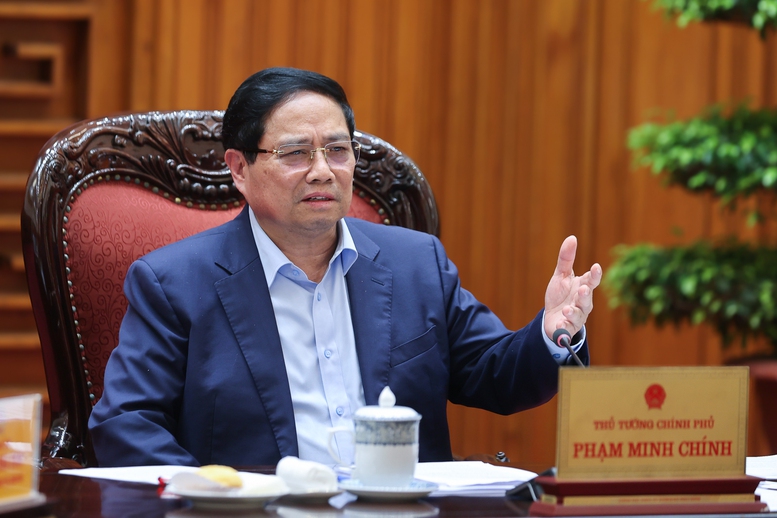
Prime Minister Pham Minh Chinh analyzes September, Q3, and nine-month performance, policy responses, and forecasts for Q4. Photo: VGP/Nhat Bac
After reviewing reports and discussions, Prime Minister Pham Minh Chinh analyzed socio-economic performance, challenges, lessons learned, and forecasts for Q4. He outlined key tasks and solutions for October and Q4, emphasizing macroeconomic stability, growth promotion, inflation control, and risk management.
The Prime Minister stressed the need to leverage fiscal policy, resolve bottlenecks in the two-tier local government model, improve institutions, prepare for the Party Central Committee conference and National Assembly session, and advance science, technology, innovation, and digital transformation.
He also highlighted organizing the Autumn Fair at the Vietnam Exhibition Center, addressing IUU yellow card issues, implementing strategic infrastructure projects, promoting social housing, boosting tourism, enhancing communication, achieving 100% public investment disbursement, addressing storm damage, and fostering national emulation movements.
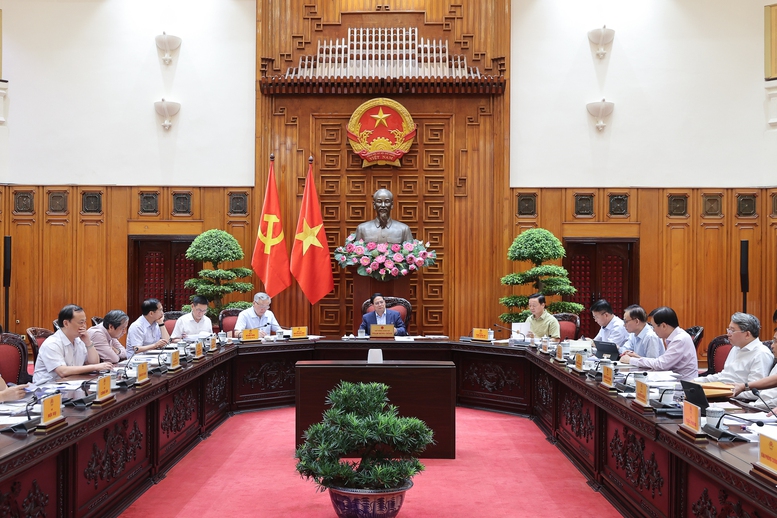
Photo: VGP/Nhat Bac
Bridging the Gap: Maximizing Local and Business Potential Through FTA Utilization
The inaugural FTA Index, released in April 2025, reveals persistent challenges in local and business utilization of free trade agreements. Amid rising trade protectionism, pinpointing these “strengths and weaknesses” is crucial for crafting effective solutions and strategic implementation in the years ahead.
Samsung Crowned Most Beloved Tech Brand at Better Choice Awards 2025
Samsung has been honored at BCA 2025 for its innovative technology localization strategy, groundbreaking product lineup, and significant investment in the Vietnamese market.
Unrivaled and Unchallenged: This Region Reigns Supreme as Vietnam’s Labor Export Capital
Annually, remittances from overseas workers to their families in Vietnam total an estimated $600–650 million.









